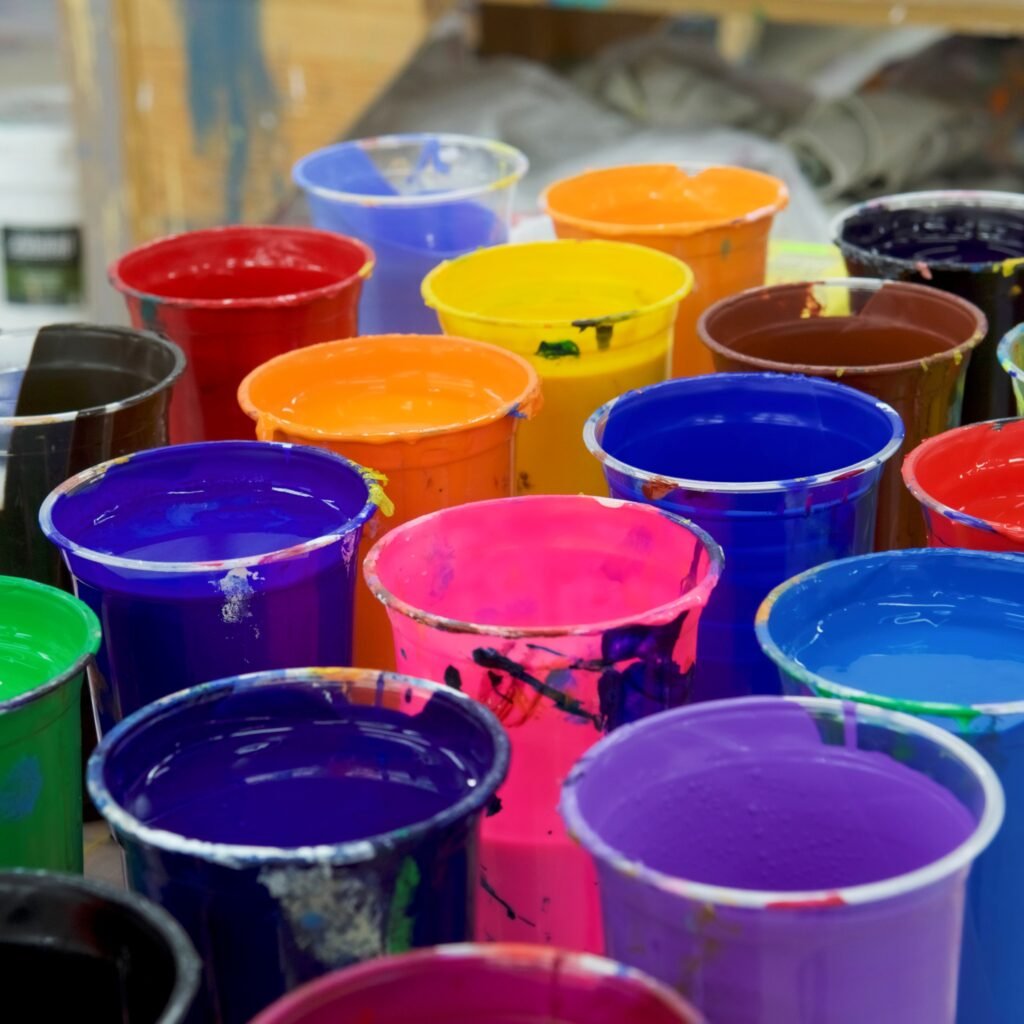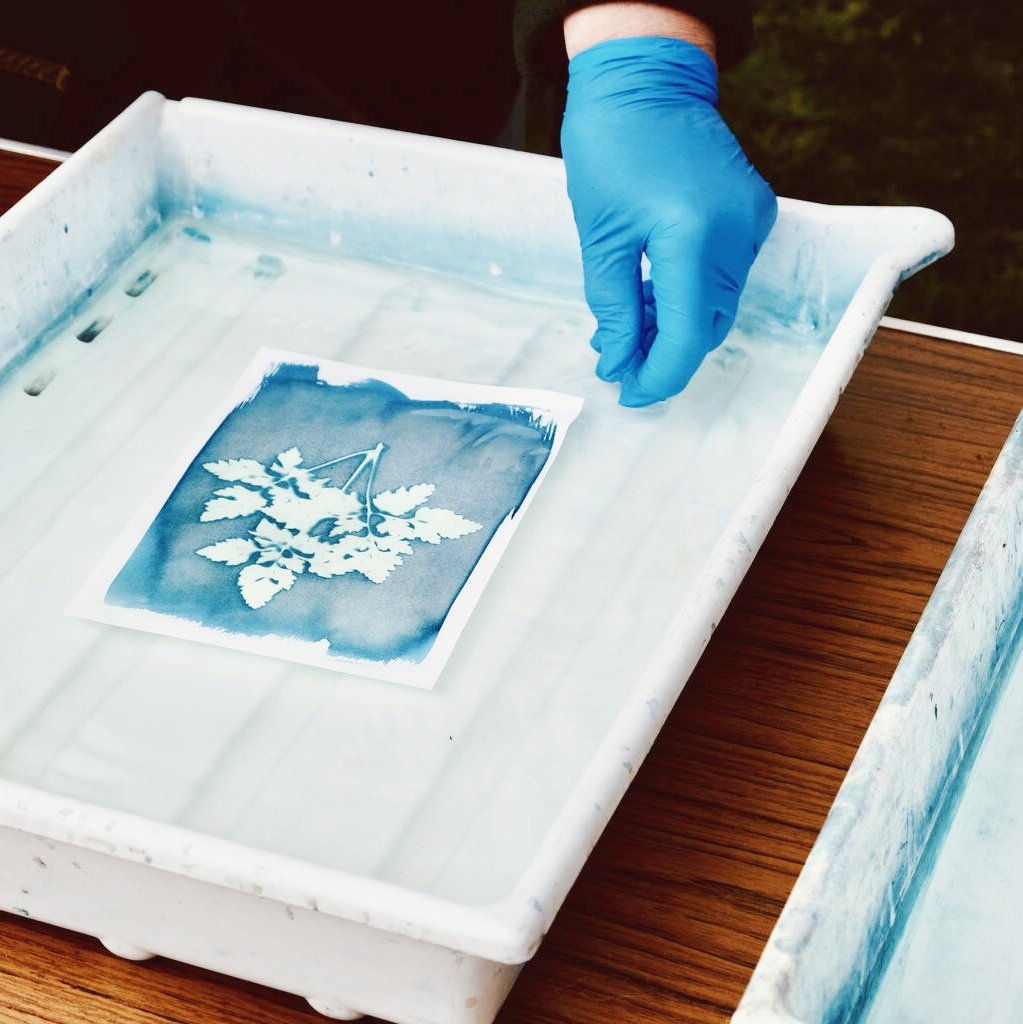When it comes to printing vibrant, durable graphics onto fabrics, plastisol fabric ink stands out as a top choice for many manufacturers and designers. This versatile ink type offers exceptional color vibrancy, opacity, and wear resistance, making it ideal for a wide range of applications. In this article, we will explore the fabrics that are most compatible with plastisol fabric ink, delving into the characteristics that make these materials ideal partners for this ink type. Additionally, we’ll touch on some specialized plastisol ink varieties, such as plastisol custom color ink, plastisol emulsion water-based ink, and the popular plastisol glitter inks, including those discussed on plastisol glitter ink Reddit forums. By the end, you’ll have a comprehensive understanding of why plastisol fabric ink is such a powerful tool in the textile printing industry.
Understanding Plastisol Fabric Ink
Plastisol fabric ink is a suspension of plastic particles in a liquid carrier. When heated, the particles fuse together and adhere to the fabric, creating a smooth, durable print. This ink type is known for its flexibility, durability, and ability to produce vibrant colors. Plastisol fabric ink is particularly well-suited for applications that require high resistance to fading, washing, and wear.
Common Fabrics Compatible with Plastisol Fabric Ink
1. Cotton
Cotton is one of the most popular fabrics for plastisol printing. Its absorbency and porosity allow plastisol fabric ink to penetrate the fibers, creating a strong bond that resists fading and wear. The natural fibers of cotton also provide a soft hand feel, making it a favorite for t-shirts, bags, and other apparel items.
2. Polyester
Polyester fabrics are known for their durability and wrinkle resistance. While they are less absorbent than cotton, polyester’s synthetic fibers can still bond well with plastisol fabric ink when pre-treated with a suitable primer or underbase. This combination results in prints that are vibrant, long-lasting, and resistant to fading and cracking.
3. Nylon
Nylon fabrics are often used in sportswear and outdoor apparel due to their strength, elasticity, and moisture-wicking properties. When printed with plastisol fabric ink, nylon garments retain their shape and color vibrancy even after repeated washing and wear. Pre-treatment is usually required to enhance ink adhesion, but the results are well worth the effort.
4. Mixed Blends
Fabrics made from blends of cotton, polyester, and other fibers can also be printed with plastisol fabric ink. The compatibility of these blends with the ink often depends on the specific fiber content and the pre-treatment process used. However, with the right techniques, mixed blends can yield prints that are as durable and vibrant as those on single-fiber fabrics.
Specialized Plastisol Ink Varieties
Plastisol Custom Color Ink
For brands and designers looking to create unique, bespoke prints, plastisol custom color ink offers endless possibilities. This ink type allows for precise color matching and formulation, enabling the creation of prints that stand out from the crowd. Whether you’re looking to replicate a specific brand color or develop a new, eye-catching palette, plastisol custom color ink can deliver the results you need.
Plastisol Emulsion Water-Based Ink
While traditional plastisol inks are solvent-based, plastisol emulsion water-based ink offers a more environmentally friendly alternative. This ink type combines the durability and vibrancy of plastisol with the eco-friendly benefits of water-based inks. It’s ideal for manufacturers and designers who want to reduce their carbon footprint while still producing high-quality prints. However, it’s important to note that plastisol emulsion water-based ink may require different printing techniques and equipment compared to traditional plastisol inks.
Plastisol Glitter Inks
Plastisol glitter inks add a touch of sparkle and shimmer to any print. These inks contain tiny particles of glitter that adhere to the fabric along with the ink, creating a stunning, eye-catching effect. Plastisol glitter inks are available in a range of colors and sizes, allowing designers to create unique and memorable prints. They’re particularly popular for event wear, costumes, and promotional materials. On platforms like Reddit, users often share their favorite brands and techniques for working with plastisol glitter inks, providing valuable insights and inspiration for others in the industry.
Advanced Techniques for Optimizing Plastisol Fabric Ink Prints
To ensure the best possible results with plastisol fabric ink, it’s important to consider a few advanced techniques and best practices:
- Pre-Treatment: Pre-treating fabrics can significantly enhance ink adhesion, especially on synthetic and blended fibers. Pre-treatment solutions can vary depending on the fabric type and the specific ink being used.
- Curing: Proper curing is crucial for ensuring that plastisol fabric ink fully bonds with the fabric. This process involves heating the printed fabric to a specific temperature for a specified amount of time. Curing not only strengthens the bond between the ink and the fabric but also helps to set the colors and improve durability.
- Print Resolution: Using high-resolution printing equipment and techniques can help to achieve finer details and smoother transitions in your prints. This is particularly important for designs that include intricate graphics or small text.
Conclusion
In conclusion, plastisol fabric ink is a versatile and powerful tool for printing vibrant, durable graphics onto a wide range of fabrics. From cotton and polyester to nylon and mixed blends, there are countless options to choose from when it comes to compatible fabrics. Additionally, specialized ink varieties such as plastisol custom color ink, plastisol emulsion water-based ink, and plastisol glitter inks offer even more possibilities for creating unique and memorable prints. By understanding the characteristics of different fabrics and the capabilities of various ink types, manufacturers and designers can produce prints that meet their specific needs and stand out in the marketplace.



